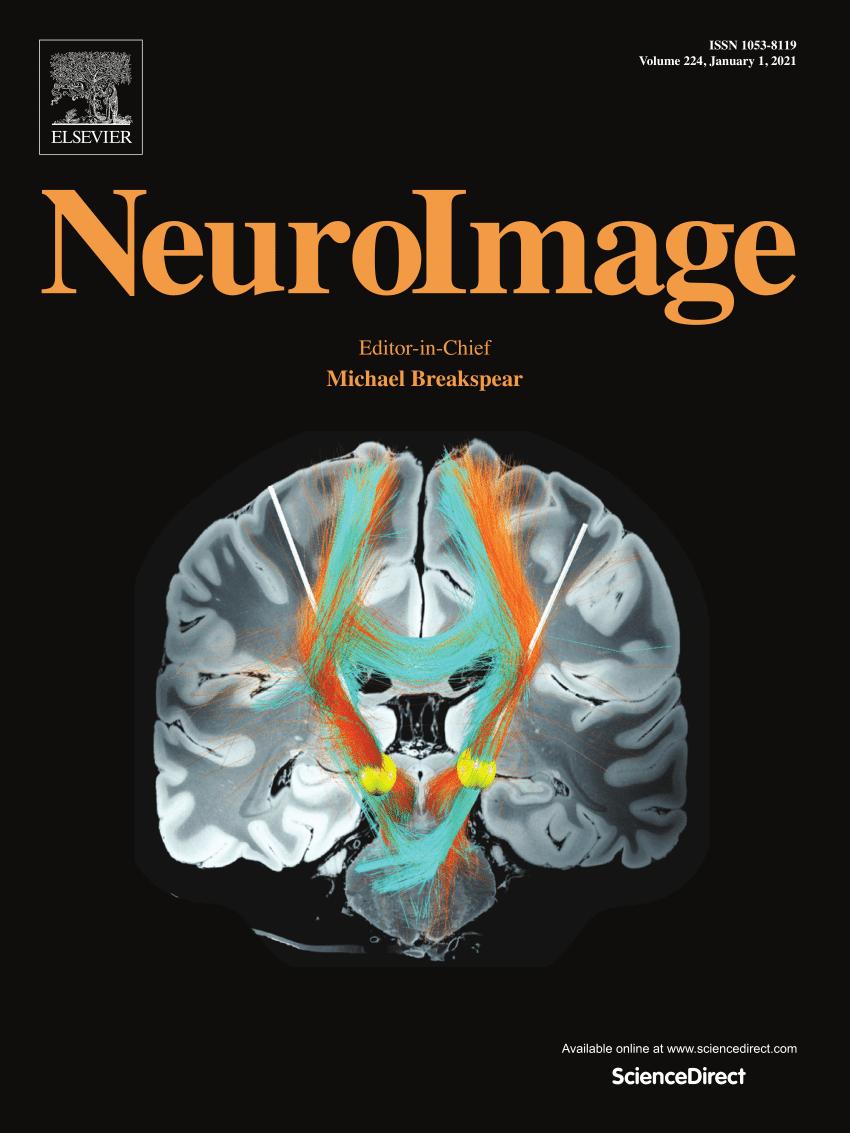无创双脑刺激通过增强人际神经同步促进社会合作。
IF 4.5
2区 医学
Q1 NEUROIMAGING
引用次数: 0
摘要
基于互惠利他主义的合作在人类中无处不在,在人类的生存和进化轨迹中起着至关重要的作用。以往的研究都是通过观察真实的双向社会互动中人际神经同步(INS)的模式来理解社会合作,而不是关注单个大脑对外部刺激的反应。然而,INS对合作战略行为的因果影响尚不清楚。为了解决这一差距,我们使用经颅直流电刺激(tDCS)技术直接调节了囚犯困境任务中81对个体之间的右颞顶交界处(rTPJ)的INS。结果表明,激活双脑tDCS对两个人的rTPJ均有显著的增强作用,而假双脑、对照区双脑或单脑刺激对INS无明显影响。这一效应通过开-关模式的刺激操作得到进一步验证。此外,与假双脑tDCS相比,激活双脑tDCS显著提高了合作策略行为率和二元经济收益。中介分析表明,战略行为在INS增强与经济收益的关系中起中介作用。这些发现为INS在社会合作中的关键作用提供了直接证据,并为促进社会合作提供了一种新的途径。本文章由计算机程序翻译,如有差异,请以英文原文为准。
Non-invasive dual-brain stimulation facilitates social cooperation through enhancing interpersonal neural synchronization
Reciprocal altruism-based cooperation is ubiquitous among humans and plays a crucial role in the survival and evolutionary trajectories of human beings. Prior research has been capable of comprehending social cooperation by examining the patterns of interpersonal neural synchronization (INS) during real bidirectional social interactions, rather than focusing on single-brain responses to external stimuli. However, the causal influence of INS on cooperative strategic behaviors remains unclear. To address this gap, we directly modulated the right temporoparietal junction (rTPJ)’s INS between individuals in 81 dyads during a Prisoner's Dilemma task using the transcranial direct current stimulation (tDCS) technique. The results indicated that active dual-brain tDCS on both individuals’ rTPJ during the task significantly enhanced INS, whereas sham dual-brain, control-region dual-brain, or single-brain stimulation had no such effect. This effect was further validated through an on-off mode of stimulation manipulation. Moreover, compared to sham dual-brain tDCS, the active dual-brain tDCS significantly increased the rate of cooperative strategic behaviors as well as the dyadic economic gains. Mediation analysis revealed that strategic behaviors mediated the relationship between INS enhancement and economic gains. These findings provide direct evidence for the crucial role of INS in social cooperation and offer a novel approach to promoting social cooperation.
求助全文
通过发布文献求助,成功后即可免费获取论文全文。
去求助
来源期刊

NeuroImage
医学-核医学
CiteScore
11.30
自引率
10.50%
发文量
809
审稿时长
63 days
期刊介绍:
NeuroImage, a Journal of Brain Function provides a vehicle for communicating important advances in acquiring, analyzing, and modelling neuroimaging data and in applying these techniques to the study of structure-function and brain-behavior relationships. Though the emphasis is on the macroscopic level of human brain organization, meso-and microscopic neuroimaging across all species will be considered if informative for understanding the aforementioned relationships.
 求助内容:
求助内容: 应助结果提醒方式:
应助结果提醒方式:


